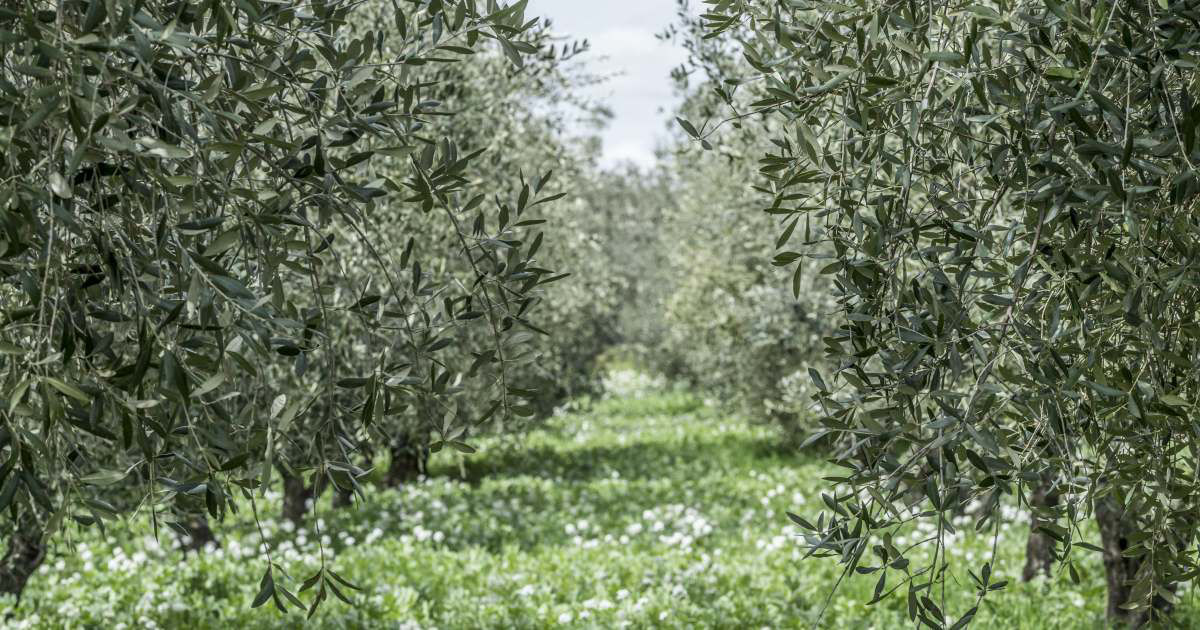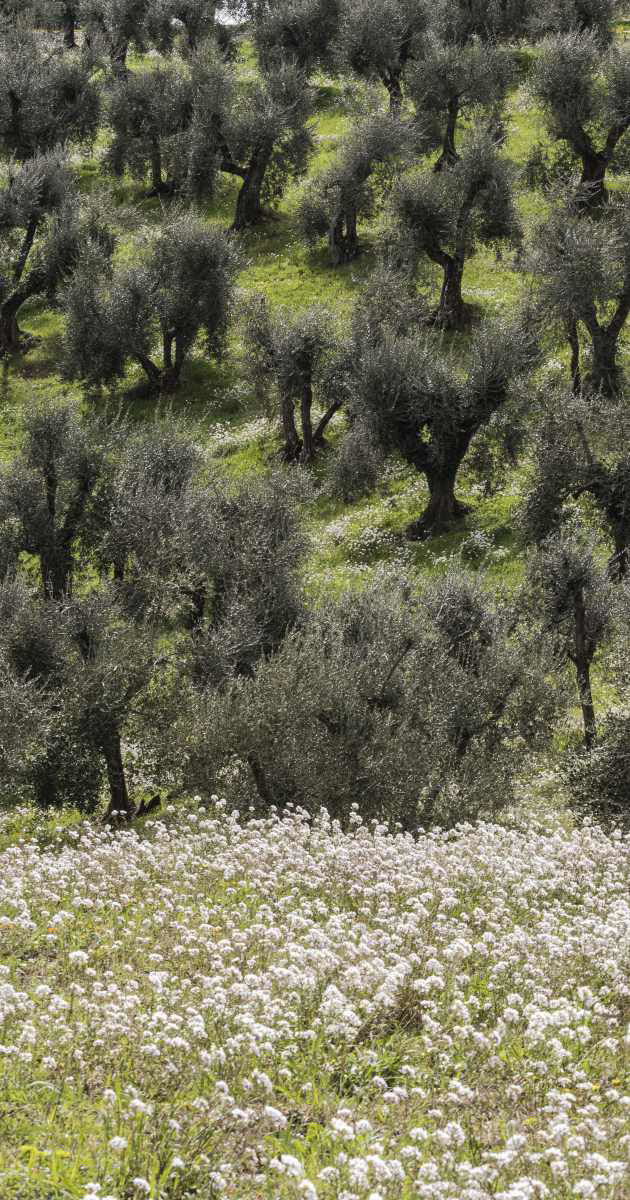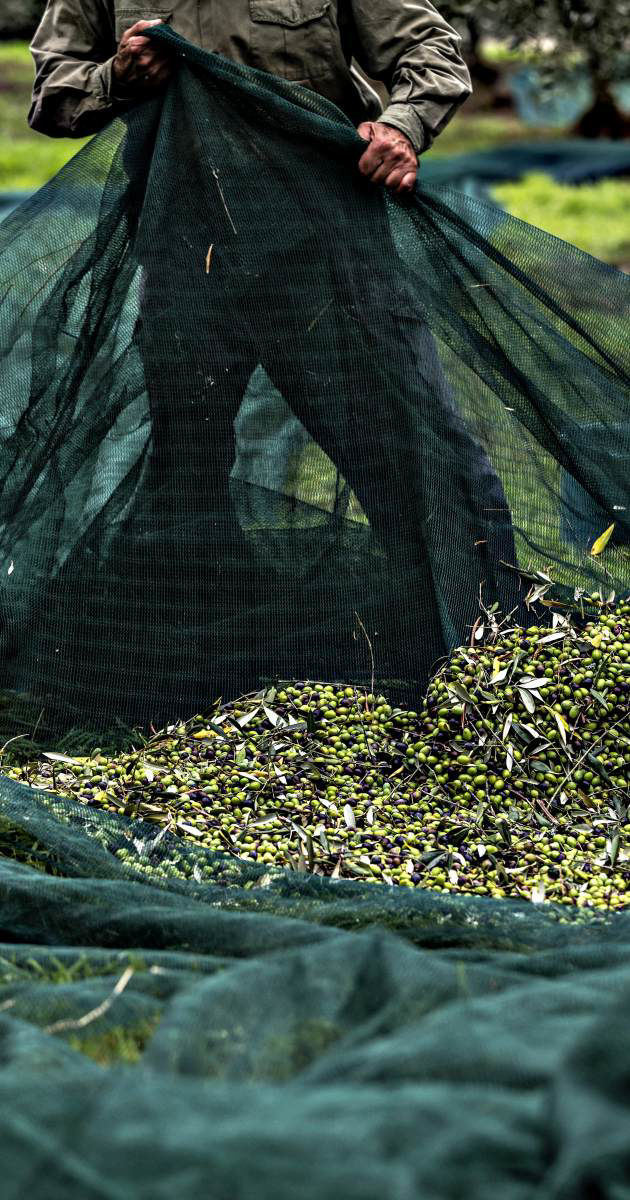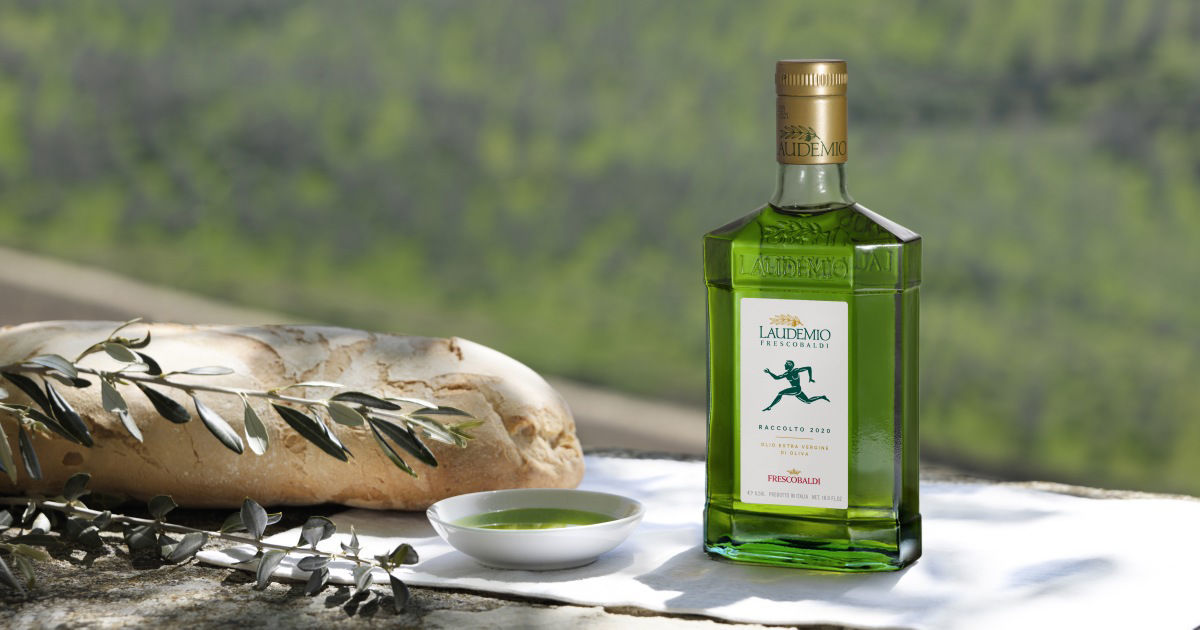
Rich in history and significance, the olive tree is cultivated all over the world, especially in areas characterised by a Mediterranean climate. Olive groves are widespread in many regions of Italy, especially in Tuscany, Puglia, and Sicily, where the landscape has been outlined by these beautiful trees for centuries. To maintain the tree's good health and regulate olive production, it is essential to take care of it throughout the whole year. The quality of the oil extracted from the olives heavily depends on the health of the tree from which they grow. One of the central aspects to consider when cultivating olive trees is proper pruning. But when should olive trees be pruned? In this article, we will see the most used techniques for properly caring for these trees and the ideal periods for pruning.
When to prune an olive tree
The first thing to keep in mind, to avoid mistakes, is that pruning should be carried out during the plant's vegetative rest period, which begins immediately after the olive harvest and ends with the arrival of warmer temperatures at the end of winter. In general, the best period to prune olive trees is between March and April, depending on the climate zone in which the plant is located. If temperatures are mild enough, pruning can also be done as early as January or February.
Choosing the right period for olive pruning is essential to avoid damage to the plant and to achieve good olive production. The months to avoid are the coldest ones, as the plant is very sensitive to low temperatures. Furthermore, without proper and regular olive tree pruning, there is a risk of obtaining alternating fruit production from year to year, damaging, in this way, the consistency of olive production.
Dry pruning
After the olive harvest, which generally takes place during the fall, olive trees enter their vegetative rest period for the winter, protecting themselves from the cold and slowing down their vital rhythms. It is crucial that pruning takes place at the end of this phase, just before flowering, in order not to put the tree at risk by exposing it to low temperatures and to avoid wasting energy on non-productive branches.
Green pruning
It is possible, in some cases, to refine the last details of the pruning at a later time, during the summer. In fact, during the summer season, green pruning or suckering is carried out, eliminating shoots and suckers that risk unnecessarily draining the olive tree's energy. It is important to pay attention to all areas of the tree to avoid losing any of them. Suckers are typically found in the area between the trunk and the roots, while shoots can be found on the trunk or large branches. The latter can be ignored if it is necessary to thicken the tree's canopy.



Olive tree pruning techniques
The methods and indications followed for pruning an olive tree are various and depend on the purpose of the plant. Some olive trees are grown for production, while others are grown for decorative purposes only. In any case, all trees require special and customised attention and should be followed step by step during their development. Below are the main pruning methods:
- Structure pruning: this technique is used to prune young olive trees and set their structure in order to promote a uniform distribution of branches and fruit. It is usually done during the first 3 or 4 years of the plant's life.
- Maintenance or production pruning: this technique is used to maintain the structure of the olive tree, eliminating dead or damaged branches and reducing excess vegetation to promote good olive production.
- Thinning pruning: this technique is used to remove unproductive branches, reduce the infructescence load of the tree, and promote greater penetration of light into the canopy.
- Reform pruning: this technique is used on old, damaged, or ornamental plants to reform the structure and health of the olive tree and promote a new phase of production.
- Reduction pruning: this technique is used to reduce the height and width of the tree, especially when the plant has become too cumbersome or has reached an excessive height.
- Balance pruning: this technique is used to maintain the balance between fruit production and the vegetation of the olive tree, promoting good and continuous production and good plant health.
How to prune an olive tree
Pruning an olive tree requires a certain level of expertise and technique to achieve acceptable results. Generally, the pruning technique depends on the goal that has to be achieved, but there are some general rules that apply to most situations.
- Firstly, it is important to ensure that pruning tools are of high quality and well-sharpened to avoid damaging the tree's bark.
- Pruning should typically start with removing dead and damaged branches, followed by the removal of any crossed branches or those that are pointing inwards. These internal branches should be removed as they are unproductive and covered by the outer branches, which do not provide sufficient access to light for good fruit production.
- Moreover, the internal branches represent a risk to the health of the plant, which, if poorly ventilated, could develop diseases.
- In every situation, pruning should be done gradually, avoiding the removal of too much vegetation all at once. The average pruning of an olive tree requires the removal of about 20 to 30 percent of the crown.
- Branch cuts should be clean and oblique, to allow water to flow, and prevent moisture accumulation on the exposed surface.
- It is also recommended to leave a few centimetres of the collar from the base of the cut branch and the point of pruning, to distance the exposed and vulnerable part from the heart of the branch.
Mistakes to avoid in pruning olive trees
Pruning an olive tree is an important practice for its health and for good olive production. However, if not done correctly, it can cause damage to the plant and compromise its health.
One of the most common mistakes in olive tree pruning is removing too much vegetation at once, especially in the upper part of the crown. This can compromise the health of the tree and its ability to produce fruits properly. Another common mistake is using unsuitable pruning tools. The olive tree is a sensitive plant, and pruning it without precision or damaging its bark can compromise its health.The last precaution to keep in mind is not to prune during the wrong time of year, such as in the middle of winter or during the fruit production period. In general, pruning an olive tree requires some experience and expertise, and if one is not sure how to proceed, it is always better to consult an expert in the field to achieve the best results.
Pruning an olive tree is an important practice for its health and for good olive production. Proper pruning can improve air circulation within the tree's crown, prevent diseases and pests, and stimulate high-quality fruit production. However, it is important to prune correctly and with the right tools, avoiding the most common mistakes that can compromise the plant's health. With proper pruning and care, olive trees can live for decades and produce good-quality olives, which can then be used to create healthy and high-quality extra virgin oils and other products.